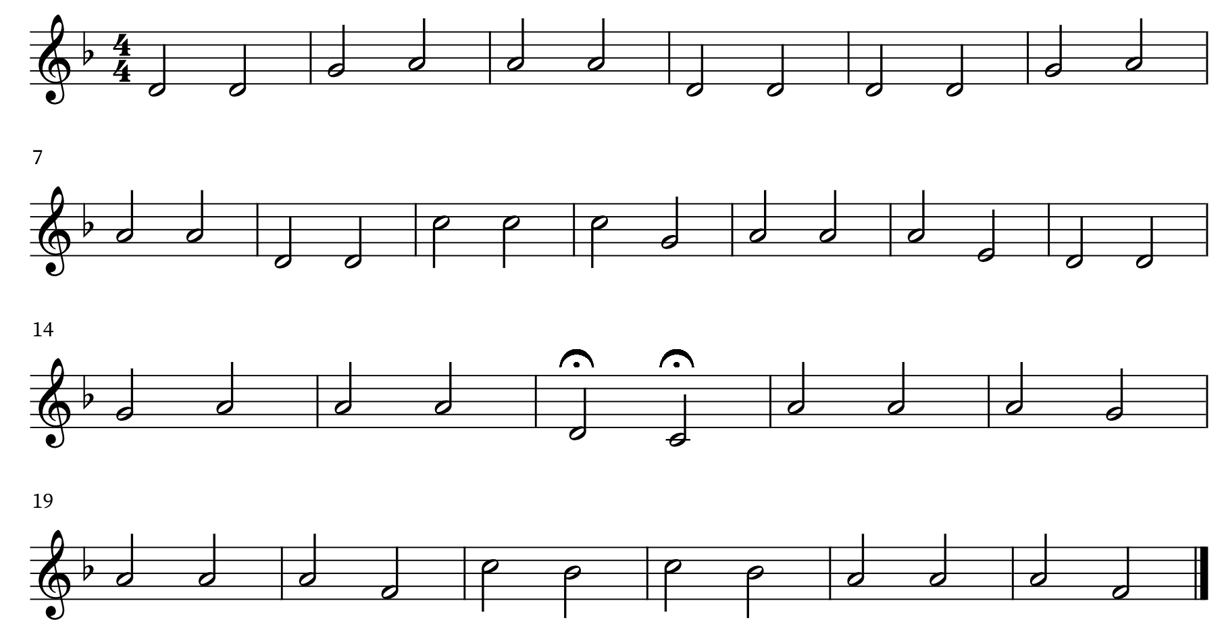Erie Canal
Background information: This ballad was written by Thomas S. Allen in 1905 to commemorate nearly 100 years of the Erie Canal itself. At the time when the ballad was written, mules powered traffic barges were being replaced by steam and diesel power (Erie Canal Song, 2014). There is controversy as to whether Allen came up with the song on his own or if he had heard it from being sung by workers on the canal and took the credit and copyright for his own (Ruch, 2022).

Click the button below to download the sheet music
Video recording
Lesson Plans
Idea #1
-Sing the who ballad.
-Define what a canal is.
-Show a map of New York and the Erie Canal. Briefly go over its purpose and how the canal was made. The Erie Canal website has many good images and is a good resource for additional information. Here is the link: https://www.eriecanal.org/index.html
Idea #2
-Have the class pat the steady beat of the song.
-Have them keep the beat by alternating patting with the right and then left hand.
-Split the class into two groups. Have the groups alternate patting the beat. Example - beat 1 patted by group 1, beat 2 patted by group 2, beat 3 patted by group 1, etc.
-Gather instruments that can be split into two categories of what they are made out. An example would be - wooden instruments - wood blocks, rhythm sticks, claves, and tempo blocks; and metal instruments - triangle, cymbals, tambourine, and glockenspiel.
-If the students are younger, have them separate a variety of classroom instruments into groups of what they are made of (wood, metal, membrane, etc.).
-Explain that these instrument make sounds similar to the sounds of the tools you might have heard while people were working on the canal.
-Alternate the steady beat between the two groups using the two types of instruments. Example - beat 1 - wood, beat 2 - metal, beat 3 - wood, etc.
Idea #3
-It is not recommended to use solfege with this song unless the class is quite advanced as there is a modulation from minor to major in the song.
-This could be brought up to highlight songs in AB form. The fermatas clearly show the end of the A section and the beginning of the B section.
-This song can be used to teach or introduce the concept of the fermata.
Idea #4
-The bass line can be played on barred instruments.

